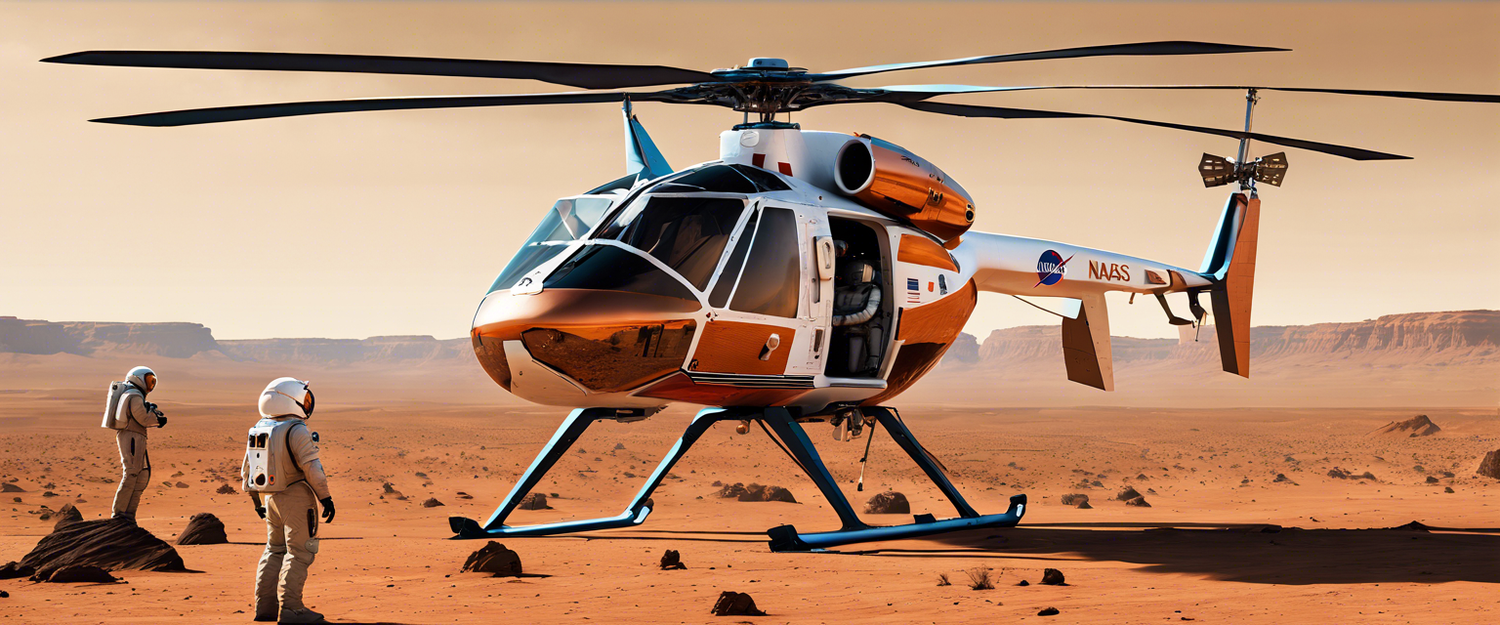Understanding the Ingenuity Mars Helicopter Crash
NASA’s Ingenuity Mars Helicopter recently encountered a mishap that has piqued the interest of engineers and space enthusiasts alike. A detailed technical report is expected to shed more light on the incident in the coming weeks. However, preliminary findings from NASA’s Jet Propulsion Laboratory and AeroVironment have already highlighted some vital details regarding the cause of the crash that occurred on January 18th, 2024.
The Vision Navigation System’s Role in the Incident
The crash was attributed to a malfunction in the helicopter's vision navigation system. This system was specifically designed to identify textured features on the Martian surface to ensure safe landings. During the recent flight, the craft encountered a vast area of featureless, rippled sandy terrain. This unexpected landscape led to confusion in the navigation system, resulting in inaccurate velocity estimates.
High Horizontal Velocities at Touchdown
Investigators believe that the navigation errors caused high horizontal velocities at the moment of touchdown. Consequently, Ingenuity experienced a hard impact as it landed on the slope of one of the sand ripples. The navigation system’s inability to adequately process the smooth terrain directly contributed to this unfortunate outcome.
The Aftermath: Rotor Blade Damage
Initial assessments suggested that the spinning rotor blades of Ingenuity were damaged upon contact with the Martian surface. However, further analysis indicated that they likely snapped off due to sudden changes in attitude and high forces exerted on the already spinning blades. Investigators discovered a portion of one rotor blade lying approximately 49 feet away from the crash site.
Loss of Communications During the Incident
During the crash, communication with Ingenuity was lost due to excessive vibrations in the damaged rotor system. The unbalanced state led to an increase in power demand, which hindered effective data transmission. Fortunately, engineers managed to reestablish communication the following day. Currently, Ingenuity continues to send back valuable weather and avionics test data to the Perseverance rover on a weekly basis.
Celebrating Ingenuity’s Accomplishments
Despite this setback, it’s important to recognize Ingenuity’s remarkable achievements. Originally designed for only five experimental flights over a month, the helicopter operated for nearly three years and completed over 72 flights, accumulating more than two hours of flight time. This extraordinary feat has provided essential insights that will benefit future aerial crafts on Mars.
Looking Ahead
NASA engineers are optimistic that the findings from this incident will aid in the development of improved designs for future aircraft and vehicles intended for exploration on the Red Planet. The ongoing data transmission from Ingenuity, although grounded, proves to be a valuable resource for engineering advancements.
Conclusion
As NASA prepares to release a comprehensive technical report, the initial findings highlight the complexities of operating machinery in alien environments. Ingenuity's contributions to Martian exploration serve as a testament to engineering innovation and the challenges of space missions.



发表评论
所有评论在发布前都会经过审核。
此站点受 hCaptcha 保护,并且 hCaptcha 隐私政策和服务条款适用。